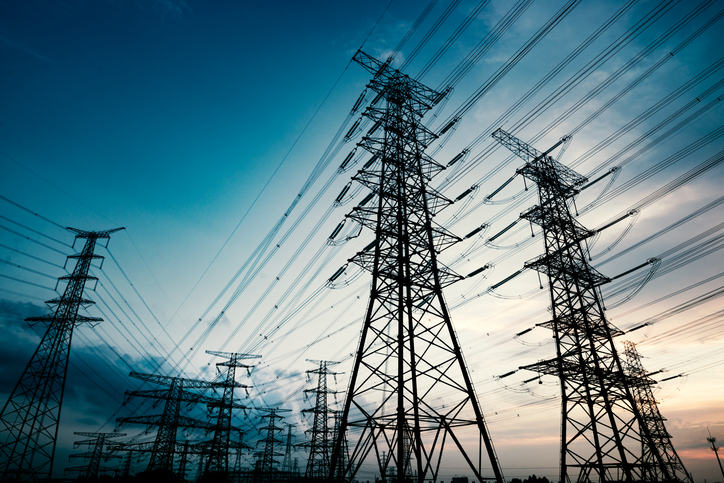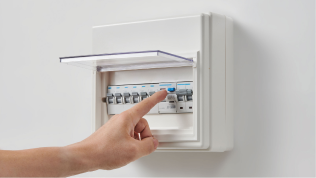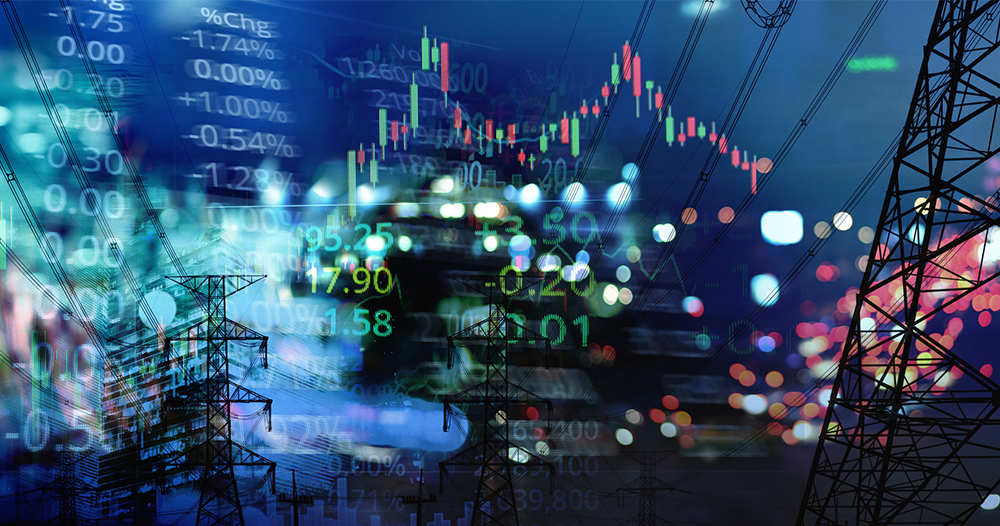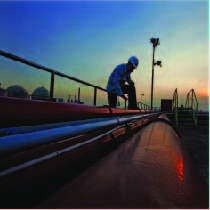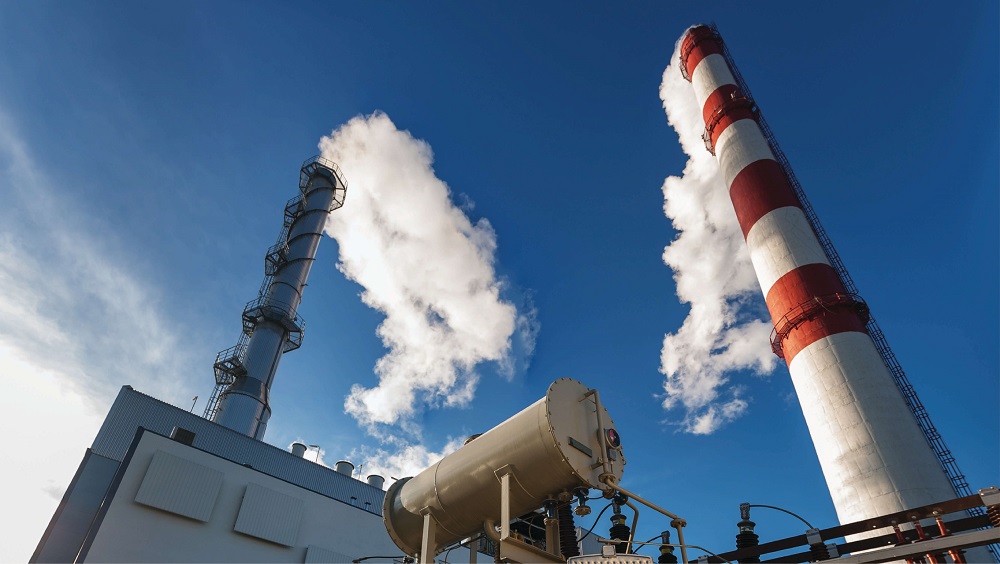A Singapore Government Agency WebsiteHow to identify
Official website links end with .gov.sg
Government agencies communicate via .gov.sg websites
(e.g. go.gov.sg/open).Trusted websites
Secure websites use HTTPS
Look for a lock ( )or https:// as an added precaution. Share sensitive information only on official, secure websites.
Flick on a switch and – like magic – the light comes on. We use electricity daily and yet many of us do not even think about where it comes from.
If you did not know, Singapore relies on natural gas for 95% of its energy needs. The gas is imported through pipelines from Indonesia and Malaysia, and in the form of liquefied natural gas (LNG) from various parts of the world. The remaining 5% of our energy supply comes from diverse renewable sources such solar energy and biomass.
The process of delivering electricity from source to switch is one that requires a sophisticated and robust electricity infrastructure. Over the years, Singapore has built a transmission and distribution network to deliver electricity to our homes and offices.
Right at the heart of this network is the Energy Market Authority’s (EMA) Power System Control Centre (PSCC). Regarded as the nerve centre of Singapore’s energy system, the PSCC is manned by a team of officers who orchestrate the generation and distribution of power supply to consumers.
Smooth Operators
Meet Lee Chun Hong, Senior Principal Engineer with the System Control Department at EMA. Together with his colleagues, they work on different areas of the energy supply value-chain – from power generation and transmission to market coordination, all under the supervision of a control manager.
“As one of the operators, I assist the control manager in conducting the load flow studies, identifying any abnormalities and exploring ways to ensure the security of the system,” shared Chun Hong.
That means keeping vigilance over a variety of alarms that could indicate possible malfunctions in the system. It requires a level head and a deft ability to multi-task, staying alert to identify abnormalities and working with his teammates and partners such as SP Group to head off any problems before they occur.
Life as a system control operator involves working on shifts. Meals are often a snatched affair taken in turns at the PSCC’s pantry. This allows them to stay close to the screens, switches and controls of the state-of-the-art Energy Management System that is monitoring the supply and transmission of electricity round the clock.
Support and understanding from family are especially crucial given the shift hours. The operators need to be on standby to cover for team members or work on public holidays so that the rest of us can enjoy festivities and major events such as festive light-ups and the F1 Grand Prix. When the country went to the polls to vote during the recent Presidential Election, it was those working in the PSCC who ensured reliable power supply.
With Great Power Comes Great Responsibilty
Having worked at the PSCC for the past three years and in the energy sector prior to that for more than a decade, Chun Hong is well-versed with the ebbs and flows, ins-and-outs of Singapore's energy usage and management.
“Demand for electricity generally peaks around 11am to 1pm and 5pm to 7pm, when people are preparing for their meals or returning home from work. As expected, energy consumption hits a low between 3am to 5am when most people are asleep”, he revealed.
Understanding the timings and patterns of energy consumption is critical for grid maintenance. Chun Hong explained, “During peak hours, energy demand is high, and the voltage will decrease, so we will need to regulate the voltage. Keeping it at an optimal level mitigates equipment stress. During major national events such as the F1 race, we implement contingency plans so that there are no power supply disruptions.”
During the COVID-19 pandemic, ensuring business continuity and having contingency plans in place became vital to keeping the nation's lights on. “To minimise the COVID-19 cross-infection risks, we adopted a split team approach – one team was located at the PSCC and the other at the backup control centre. When several officers went on sick leave due to COVID-19, everyone pitched in to pull their weight.” recalled Chun Hong.
To maintain a state of readiness, the PSCC team participates in bi-yearly assessment exercises to regularly refresh their knowledge on power supply restoration and crisis management.
While the challenges and responsibilities of keeping Singapore's energy network humming are never-ending, Chun Hong values the significance of his role. He expressed, “My job gives me a bird’s eye view of our vast electrical network, and I take immerse pride and satisfaction working behind the scenes to power our everyday life.”



